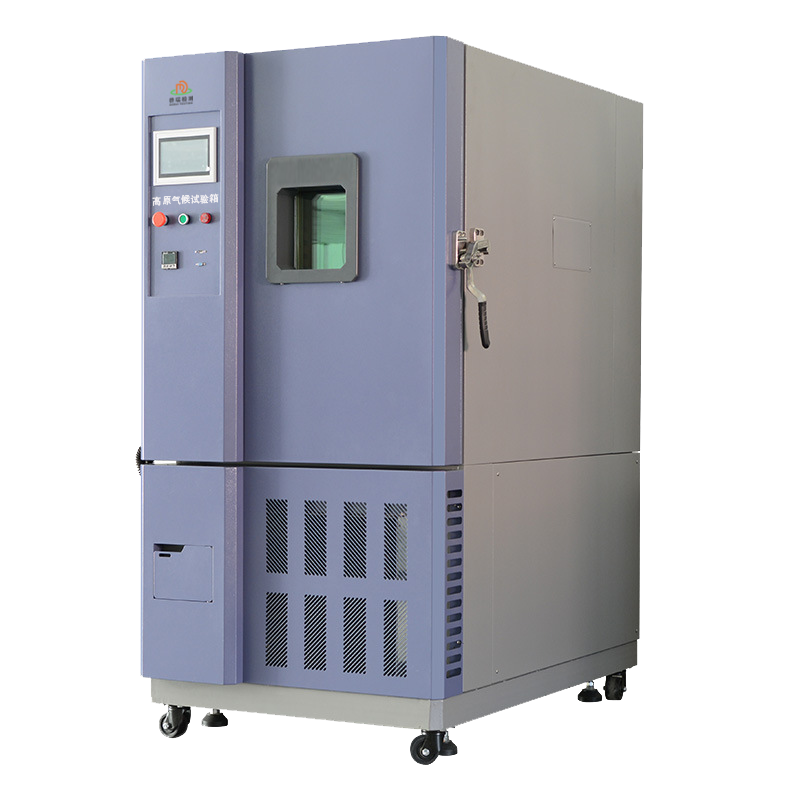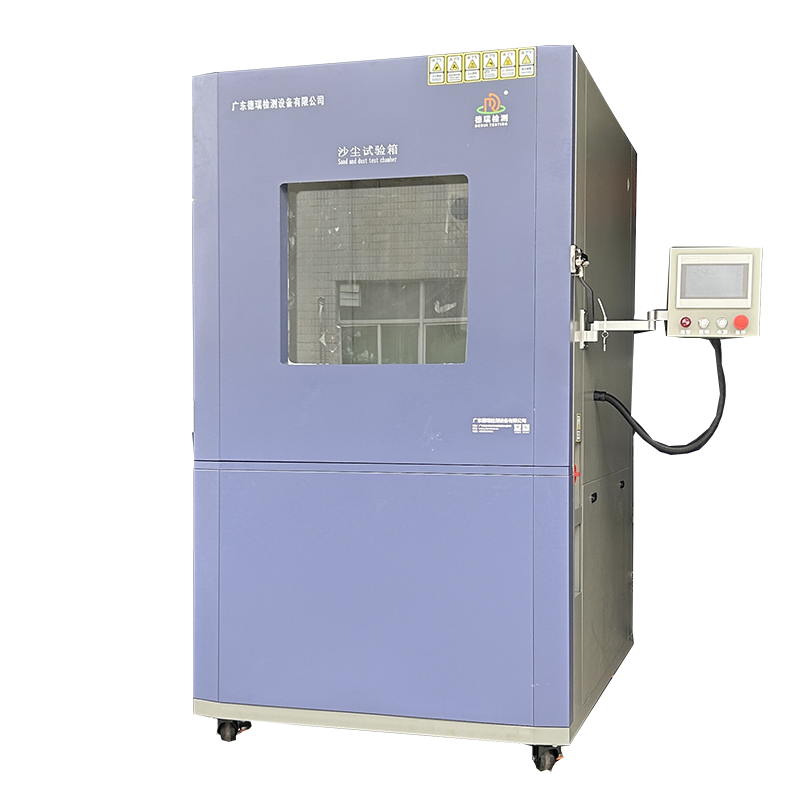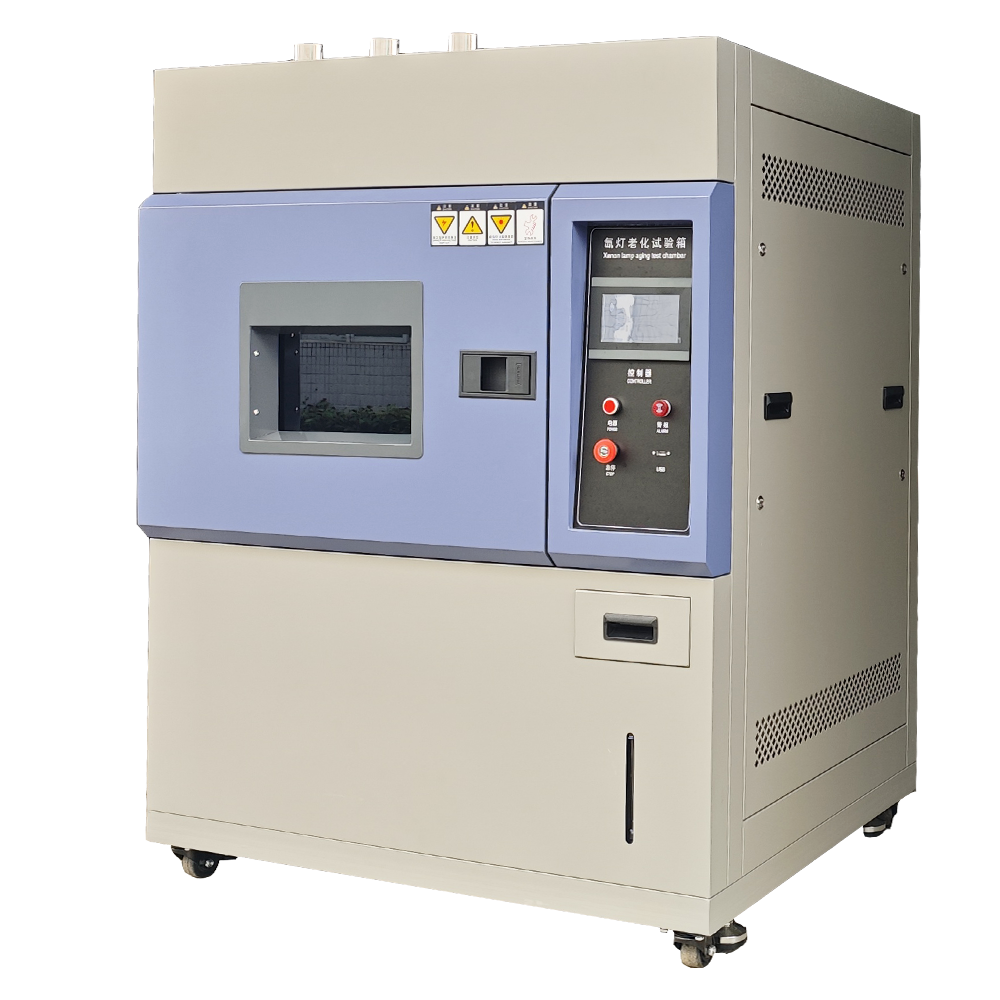The engine high-altitude test chamber is a testing equipment specifically designed to simulate high-altitude environmental conditions. It is mainly used to test the performance, reliability, and adaptability of engines (such as automotive engines, aircraft engines, drone engines, etc.) in extreme environments such as high altitude, low pressure, low temperature, and low oxygen. This type of test chamber has important applications in fields such as automotive, aerospace, military, and scientific research.
Main functions
1. Low pressure simulation: Simulate a high-altitude low-pressure environment through a vacuum system.
2. Temperature control: Simulate low temperature or extreme temperature difference environments in high-altitude areas.
3. Humidity control: Simulate dry or humid environments in high-altitude areas.
4. Oxygen content regulation: Some equipment can adjust the oxygen concentration to simulate the low oxygen environment in high-altitude areas.
5. Dynamic load simulation: Simulate the load conditions of the engine during actual operation.
6. Emission testing: Testing the emission performance of the engine in high-altitude environments.
Application scenarios
Automotive industry: Testing the power performance, fuel efficiency, and emission characteristics of automotive engines in high-altitude environments.
Aerospace: Testing the thrust, combustion efficiency, and reliability of aircraft engines in high-altitude environments.
Drone: Test the endurance and stability of the drone engine in high-altitude environments.
Military equipment: Test the adaptability of the engine of military vehicles or equipment in high-altitude areas.
Research experiments: used for engine technology development and high-altitude environmental research.
Technical parameters
Altitude simulation range: Typically, it can simulate altitudes ranging from 0 meters to 10000 meters (or higher).
Temperature range:- 40 C to+150 C (customizable according to requirements).
Humidity range: 0% RH to 98% RH (if equipped with humidity control function).
Pressure control accuracy: usually 1% or higher.
Oxygen concentration control: 0% to 21% (if equipped with oxygen control function).
Engine load simulation: can be customized according to engine type and testing requirements.
Emission testing function: supports exhaust gas analysis, particulate matter detection, etc.
Select key points
1. Testing requirements: Select appropriate equipment based on the altitude, temperature, load, and other conditions for engine testing.
2. Control accuracy: Choose high-precision air pressure, temperature, and load control systems to ensure the accuracy of test results.
3. Equipment size: Select the appropriate size of the test chamber based on the size and power of the engine.
4. Brand and after-sales service: Choose well-known brands to ensure equipment quality and after-sales service.
5. Customized features: Choose whether to have dynamic load simulation, emission testing, and other functions according to special needs.
precautions
Equipment maintenance: Regularly inspect the vacuum system, refrigeration system, and load simulation system to ensure the normal operation of the equipment.
Testing standards: Strictly follow testing standards (such as GB/T, ISO, SAE, etc.) for testing.
Safe operation: Ensure that operators are familiar with the equipment usage specifications to avoid equipment damage or test failure caused by improper operation.
The engine high-altitude test chamber is an important tool for simulating high-altitude environments, and selecting appropriate equipment and parameters is crucial for the accuracy of test results.










 English
English Spanish
Spanish French
French German
German Italian
Italian Chinese (Simplified)
Chinese (Simplified) Japanese
Japanese Korean
Korean Arabic
Arabic Portuguese
Portuguese